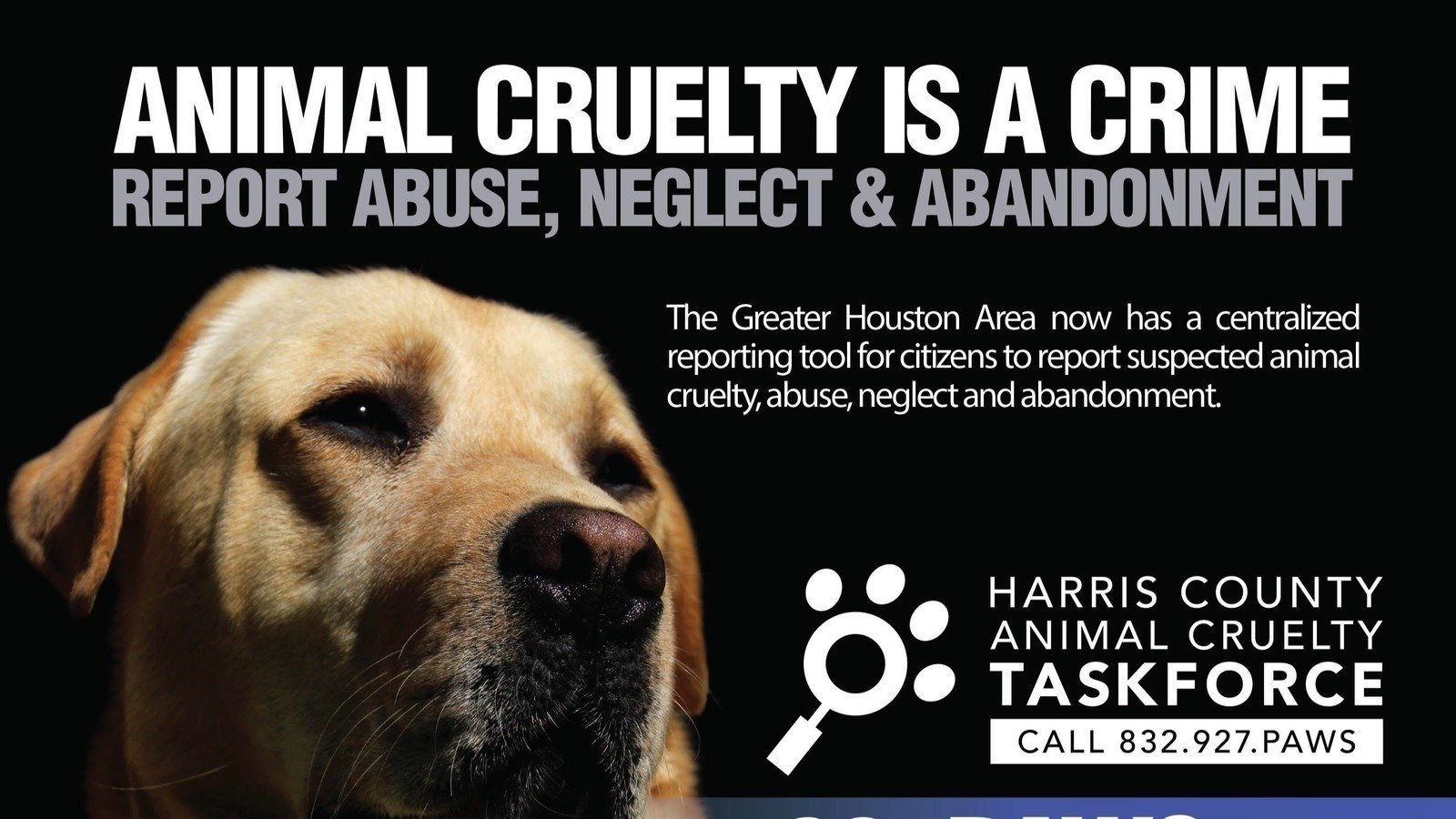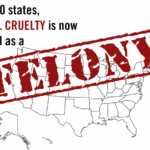The plight of animals subjected to cruelty is a disheartening reality that permeates societies around the globe. From industrial farming practices that disregard animal welfare to domestic abuse, the instances of animal cruelty abound and require immediate attention. Fortunately, advocacy and legal measures can play an instrumental role in combating these injustices, leading to a transformation in both public perception and policies protecting our voiceless companions.
To embark on a journey towards effecting meaningful change, one must first understand the intricate relationship between advocacy and law. Advocacy embodies the voice of those who cannot speak: it is the clarion call for justice, urging the community to respond, engage, and challenge the status quo. Legal frameworks, on the other hand, provide the necessary mechanisms to codify protections for animals and impose penalties on those who perpetrate cruelty. Together, these elements form a robust strategy to safeguard animal rights.
Advocacy can take many forms, each with its unique potency. The first step for individuals passionate about animal welfare is to educate themselves and others about the various aspects of animal cruelty. Knowledge about different initiatives and the underlying issues—such as factory farming, puppy mills, and wildlife trafficking—provides a foundational understanding that can be communicated effectively to a wider audience. Workshops, seminars, and social media platforms can serve as venues for disseminating information and galvanizing grassroots movements.
Furthermore, forming alliances with organizations dedicated to the fight against animal cruelty amplifies these voices. Such coalitions can pool resources, reach diverse demographics, and foster a more extensive conversation on animal rights. By working together, advocates can develop campaigns that resonate emotionally with the public, potentially reshaping societal attitudes about animal welfare.
Another critical avenue for advocacy involves engaging with lawmakers. Petitions have proven to be powerful tools for influencing legislative change. By gathering signatures to support proposed laws or amend existing ones, advocates can present a united front. Such movements equip policymakers with tangible evidence of public interest in animal protection, compelling them to take action. It is essential to stay informed about legislative sessions and proposed bills impacting animal welfare, as timely interventions can turn the tide in favor of progress.
Moreover, lobbying remains a crucial yet often overlooked mechanism in the advocacy toolkit. This involves direct engagement with lawmakers and their staff to discuss the importance of animal protection laws. Effective lobbying requires well-researched data, compelling arguments, and a clear articulation of the proposed changes. As advocates reach out to representatives, they have the power to nurture relationships that can ultimately influence decisions on critical issues affecting animals.
The legal landscape concerning animal cruelty varies significantly across jurisdictions. Although some regions have enacted comprehensive animal welfare laws, others lag in terms of protections. It is imperative to understand the existing legal provisions relevant to animal rights. Familiarizing oneself with legislation such as the Animal Welfare Act, the Humane Slaughter Act, and the Endangered Species Act can reveal the gaps that exist and offer a roadmap for emancipation efforts.
Legislation must evolve to reflect and respond to the prevailing attitudes towards animals. This evolution can be facilitated by public awareness campaigns that highlight the ethical and moral imperative of protecting animals. Calls to action can be disseminated through op-eds in local newspapers, blogs, and public forums. Such engagement fosters a culture of compassion and respect that, over time, influences lawmakers to prioritize animal protection.
One of the most effective ways to ensure change is to support penalties and sanctions that serve as deterrents for potential offenders. Strengthening penalties for animal cruelty crimes is essential if we are to create a society that abhors such behavior. Advocacy can push for stringent enforcement of existing laws, ensuring that violators are held accountable. This not only dissuades cruelty but also sends a clear message that society values the welfare of animals.
Furthermore, the incorporation of educational programs in schools focusing on empathy and respect for all living beings can foster long-term change. By instilling these values in children, society can cultivate future generations that prioritize animal welfare. These programs can emphasize responsible pet ownership, the importance of spaying or neutering pets, and the consequences of neglect and abuse.
Technology also presents innovative opportunities for advocacy. The rise of social media has expedited the dissemination of information and fostered community engagement in unparalleled ways. By leveraging platforms such as Twitter, Instagram, and Facebook, advocates can share impactful stories, mobilize supporters, and raise funds for campaigns. Viral videos showcasing acts of abuse, coupled with calls to action, can incite outrage and drive legislative changes at an accelerated pace.
In conclusion, the collaborative synergy of advocacy and law serves as a formidable arsenal against animal cruelty. By engaging individuals, fostering coalitions, lobbying policymakers, and leveraging modern technology, advocates can foster a cultural paradigm shift in how society perceives and treats animals. The promise of progress lies not just in the enactment of laws but in the hearts and minds of individuals who commit to the cause. Through concerted effort, we can protect our fellow beings and ensure a future where cruelty is an anathema, replaced by compassion and protection.







